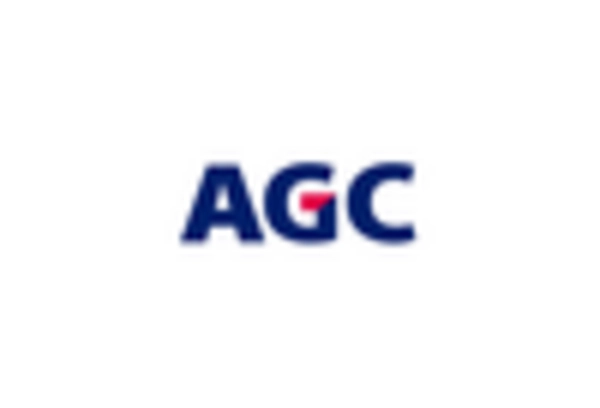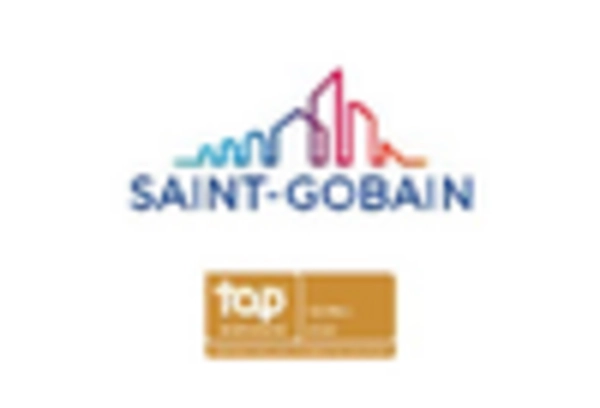Honeycomb Glass Size
Honeycomb Glass Market Growth Projections and Opportunities
The Honeycomb Glass Market is influenced by a combination of market factors that collectively contribute to its growth and dynamics. A significant driver is the expanding demand for lightweight and high-strength materials in the aerospace and automotive industries. Honeycomb glass, characterized by its unique hexagonal cell structure, offers a compelling solution for applications where weight reduction and structural integrity are paramount. In the aerospace sector, honeycomb glass is utilized in aircraft components, contributing to fuel efficiency and overall performance. In the automotive industry, it finds applications in lightweight panels and structural elements, aiding in achieving better fuel economy and meeting stringent emission standards.
Technological advancements in glass manufacturing processes play a crucial role in shaping the Honeycomb Glass Market. Continuous research and development efforts focus on improving the fabrication techniques, optimizing the cell structure, and enhancing the overall performance of honeycomb glass. Innovations in glass composition, bonding methods, and joining technologies expand the range of applications for honeycomb glass in various industries. Technological advancements contribute to the versatility and efficiency of honeycomb glass as a structural material.
The construction industry's growing emphasis on sustainable and energy-efficient building materials influences the Honeycomb Glass Market. Honeycomb glass panels are increasingly utilized in architectural applications for their ability to provide natural light, thermal insulation, and aesthetic appeal. The material's transparency, coupled with its lightweight characteristics, makes it an attractive choice for façade systems and interior design elements in modern construction projects. The trend towards green and sustainable building practices further boosts the demand for honeycomb glass in architectural applications.
Global economic conditions and trade dynamics impact the Honeycomb Glass Market. As a globally traded commodity, factors such as international trade agreements, tariffs, and geopolitical events can influence the supply chain and market conditions for honeycomb glass. Economic stability, construction trends, and trade policies play a role in determining the accessibility and cost competitiveness of honeycomb glass materials in the market.
Environmental considerations and regulatory standards also shape the honeycomb glass market. The material's energy-efficient properties, such as improved insulation and the utilization of natural light, align with sustainable building practices. Compliance with environmental regulations ensures that the production and use of honeycomb glass adhere to stringent standards. The industry's commitment to environmentally friendly solutions contributes to its acceptance in green construction projects.
Market competition and industry collaborations are notable factors influencing the Honeycomb Glass Market. The market features a mix of established glass manufacturers, fabricators, and emerging players, fostering a competitive landscape. Collaboration between honeycomb glass producers, architects, and construction firms facilitates the development of new applications and innovative designs. Partnerships across the industry supply chain contribute to the overall growth and advancement of honeycomb glass solutions.
Challenges related to cost considerations, complex manufacturing processes, and the need for specialized installation skills are factors that the honeycomb glass industry addresses. The production of honeycomb glass involves intricate manufacturing techniques, and the cost can be higher compared to traditional glass materials. Challenges related to installation complexity and the need for skilled labor in handling honeycomb glass panels are aspects that manufacturers and construction professionals actively address to ensure the material's effective use.










Leave a Comment